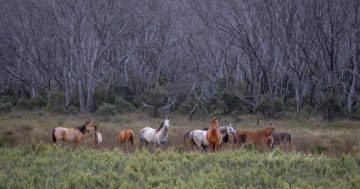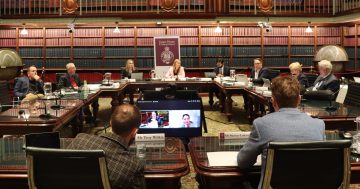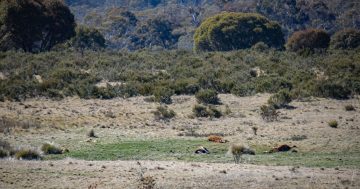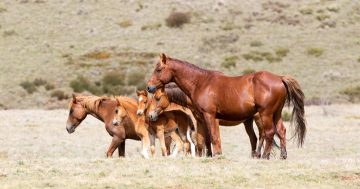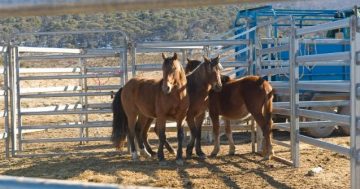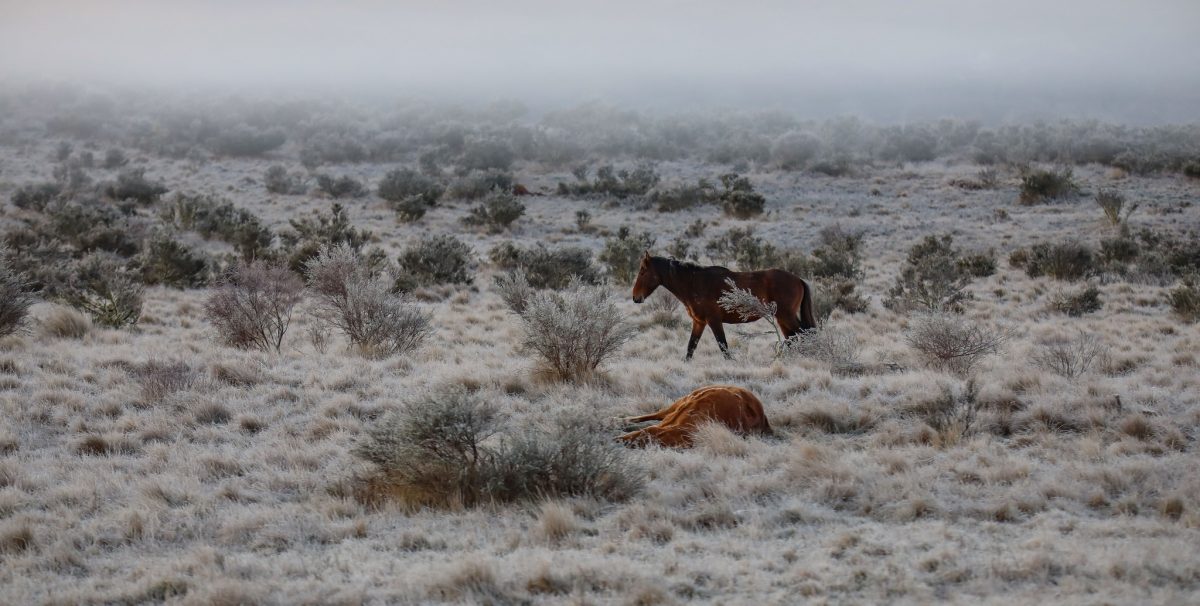
The Shooters, Fishers and Farmers Party called for a police probe into a recent trial of aerial shooting in Kosciuszko National Park. Photo: Supplied.
It was not a day for the fainthearted in NSW Parliament when the first public hearing into the proposed aerial shooting of wild horses, or brumbies, in Kosciuszko National Park (KNP) got underway this week.
Of the 165 inquiry submissions received, 18 got Monday in the chair, including NSW Department of Planning and Environment representatives, brumby advocacy and animal welfare groups, veterinary experts, conservation organisations, scientists and hunting specialists.
The inquiry, which falls under the auspices of the NSW Government’s Animal Welfare Committee, was initially announced in August to examine the government’s proposal to amend the KNP Wild Horse Heritage Management Plan (KNP WHHMP) to include aerial shooting as the culling method.
In October, the NSW Government adopted the amendment to the KNP WHHMP, a change it said was the result of strong community input, with 82 per cent of 11,002 public submissions expressing support for the control method.
While discussion swirled around different population count methodologies and impacts of the wild horses on the sensitive alpine and sub-alpine environment, experts were also called to give evidence on a recent aerial shooting trial conducted in the national park.
A report entitled Animal Welfare Assessment of Feral Horse Aerial Shooting Kosciuszko National Park detailed the two eight-hour days of shooting where 277 wild horses were shot in the southern end of KNP in November 2023.
As a result of the report, Shooters, Fishers and Farmers Party chair Mark Banasiak requested a NSW Police investigation of the trial.
In the letter delivered Monday morning to Agriculture, Regional NSW and Western NSW Minister Tara Moriarty, Mr Banasiak referenced the recent supplementary Budget Estimates hearing where Department of Primary Industries (DPI) director-general Scott Hansen and Chief Animal Welfare Officer Kim Filmer agreed that chasing an animal for several hundred yards while delivering as many as 15 shots into it, to induce enough bleeding to euthanase the animal, would be a reportable offence under the NSW Protection of Cruelty to Animals Act.
Mr Banasiak said SFF held grave concerns regarding the information contained in the report.
“The report details, on page six, a total of 2032 shots were fired, ranging from three-15 shots fired at each horse, with a mean of 7.5 shots,” he said.
“Responsible conservation hunters are bound by a code of ethics in dealing with the humane dispatch of pest animals.
”Ethics and a moral compass dictate that any more than a single, or two shots at most, would be considered inhumane.”
He said because of the positioning of the helicopter, at times observers were not able to confirm whether the horse’s demise was swift, or they suffered.
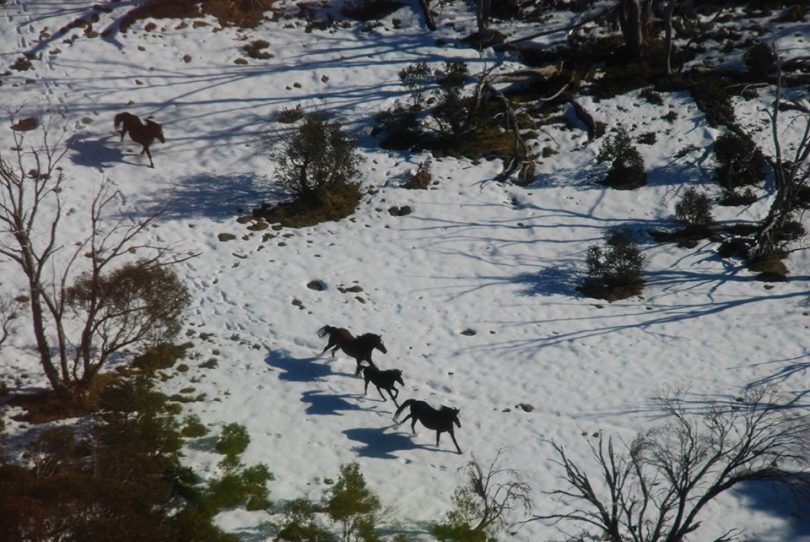
Wild horses in the Snowy Mountains. Photo: Australian Brumby Alliance.
The RSPCA’s own definition of humane reads “when an animal is either killed instantly or rendered insensible until death ensues, without pain, suffering or distress”.
“Considering the report was prepared by the RSPCA, this brings into question their ability to independently arbitrate and their continuing role as an authority under the act,” Mr Banasiak said.
“One would assume the independent assessor would voice concerns when their lack of visibility became apparent, and the ensuing barrage of bullets.”
The Animal Welfare Committee is investigating animal welfare and human safety concerns associated with aerial shooting as well as the impact of previous aerial shooting operations in NSW.
The committee is also examining the adequacy of laws, policies and programs for controlling brumby populations and will consider any alternatives to aerial shooting.
Original Article published by Edwina Mason on About Regional.
Original Article published by Edwina Mason on Riotact.


